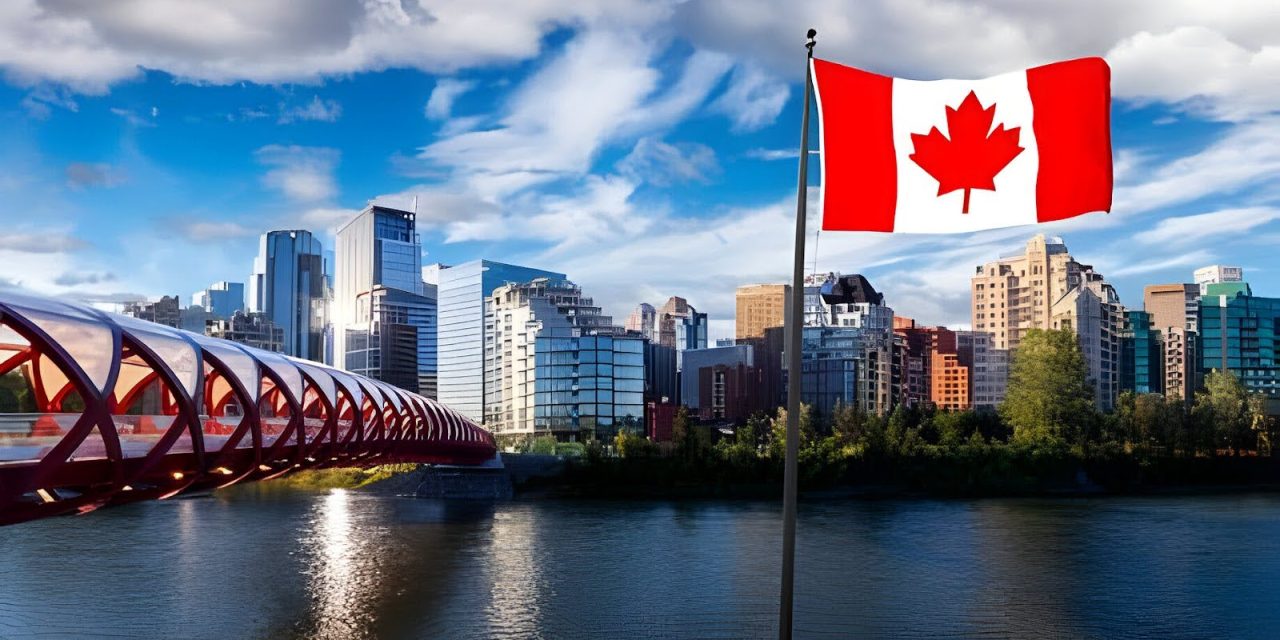Urban development in Canada is undergoing a transformative renaissance. As cities grapple with growing populations, climate change, and the demand for sustainable living, innovative approaches to revitalizing urban spaces are not just necessary—they’re imperative. From smart city technologies to green infrastructure, Canada is at the forefront of creating livable, vibrant urban environments.
The Rise of Smart Cities
Canada’s urban centers are becoming smarter, thanks to the integration of technology in city planning. Smart cities leverage data and technology to improve the quality of life for their residents. For instance, Toronto’s Waterfront Toronto project exemplifies this trend. This initiative aims to create a high-tech urban area with a focus on sustainability and inclusivity. Imagine living in a neighborhood where your phone tells you the best time to leave to avoid traffic, or where waste management systems are so advanced that garbage collection becomes almost invisible.
Embracing Green Infrastructure
Urbanization often comes at the cost of green spaces, but Canada is turning this notion on its head. Green infrastructure—such as green roofs, urban forests, and rain gardens—plays a crucial role in urban revitalization. Vancouver’s Greenest City 2020 Action Plan set ambitious targets for reducing carbon emissions and increasing green spaces. Today, the city boasts numerous green rooftops and community gardens, making it a model for other cities worldwide.
Mixed-Use Developments: The Future of Urban Living
Gone are the days when urban development meant sprawling single-use areas. Mixed-use developments are the new norm, blending residential, commercial, and recreational spaces. The King Street West neighborhood in Toronto is a prime example. This vibrant area combines office buildings, condos, shops, and entertainment venues, fostering a sense of community and reducing the need for long commutes. Mixed-use developments make urban living more convenient and sustainable, aligning with Canada’s commitment to creating walkable cities.
Public Transit Overhaul
Public transit is the backbone of any thriving urban space. Recognizing this, Canadian cities are investing heavily in upgrading their transit systems. The Montreal Réseau Express Métropolitain (REM) project, a new automated light rail network, promises to transform the city’s public transportation landscape. By improving connectivity and reducing traffic congestion, such projects make cities more accessible and environmentally friendly.
Community-Led Initiatives
What truly sets Canadian urban development apart is the emphasis on community-led initiatives. Involving residents in the planning process ensures that the development meets the needs of those who live there. The Regent Park revitalization in Toronto, one of the largest urban redevelopment projects in North America, is a testament to this approach. The project not only improved housing and amenities but also fostered a sense of community ownership and pride.
Challenges and Opportunities
Despite the successes, urban development in Canada faces significant challenges. Housing affordability remains a pressing issue in major cities like Vancouver and Toronto. Moreover, balancing growth with environmental sustainability requires innovative solutions. Yet, these challenges also present opportunities for creativity and collaboration. By embracing new technologies and prioritizing community engagement, Canada can continue to lead in urban innovation.
Looking Ahead: The Future of Urban Development in Canada
As we look to the future, it’s clear that Canada’s urban development is on an exciting path. The blend of smart technologies, green infrastructure, and community-led initiatives sets a precedent for sustainable, livable cities. While challenges persist, the innovative approaches being adopted offer a hopeful glimpse into the urban landscapes of tomorrow. Whether you’re an urban planner, a resident, or simply a curious observer, Canada’s efforts in revitalizing urban spaces are something to watch and learn from.
Conclusion
In conclusion, revitalizing urban spaces in Canada is not just about building new structures—it’s about creating environments that enhance the quality of life, foster community, and ensure sustainability. Through smart city technologies, green infrastructure, mixed-use developments, public transit improvements, and community-led initiatives, Canada is paving the way for a brighter, more sustainable urban future. So, next time you walk through a bustling Canadian city, take a moment to appreciate the innovative spirit driving its development.












